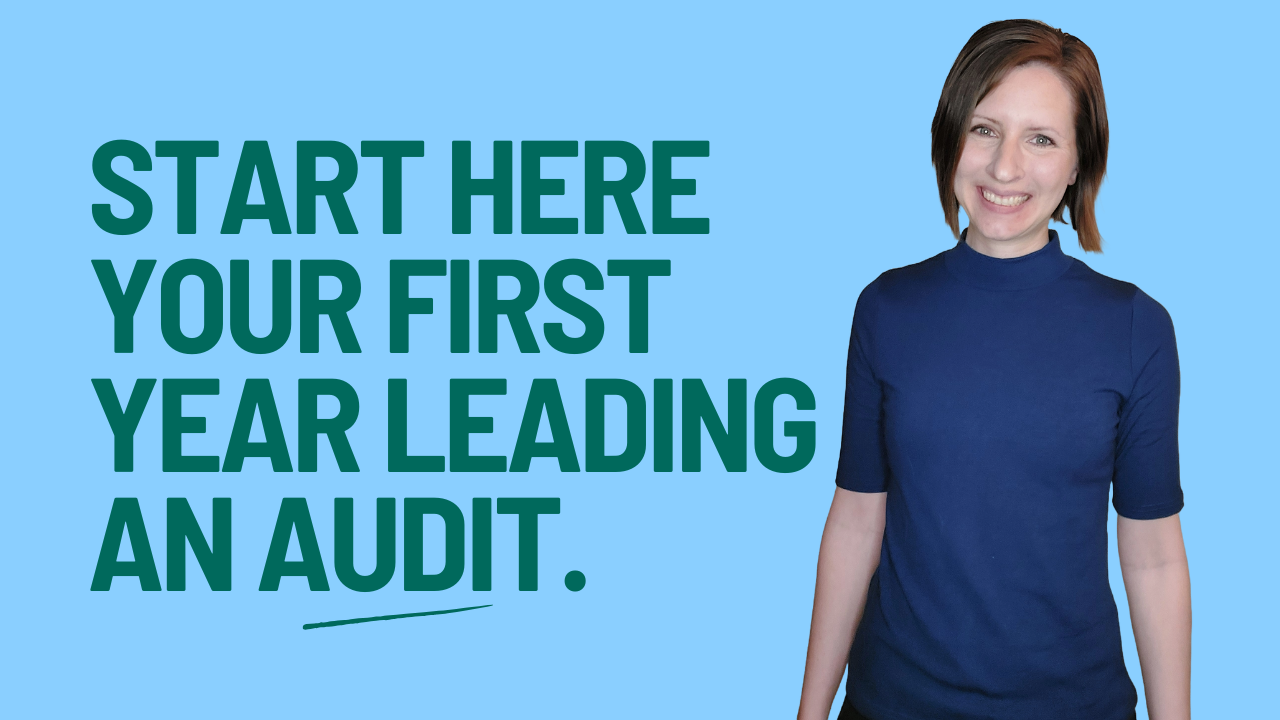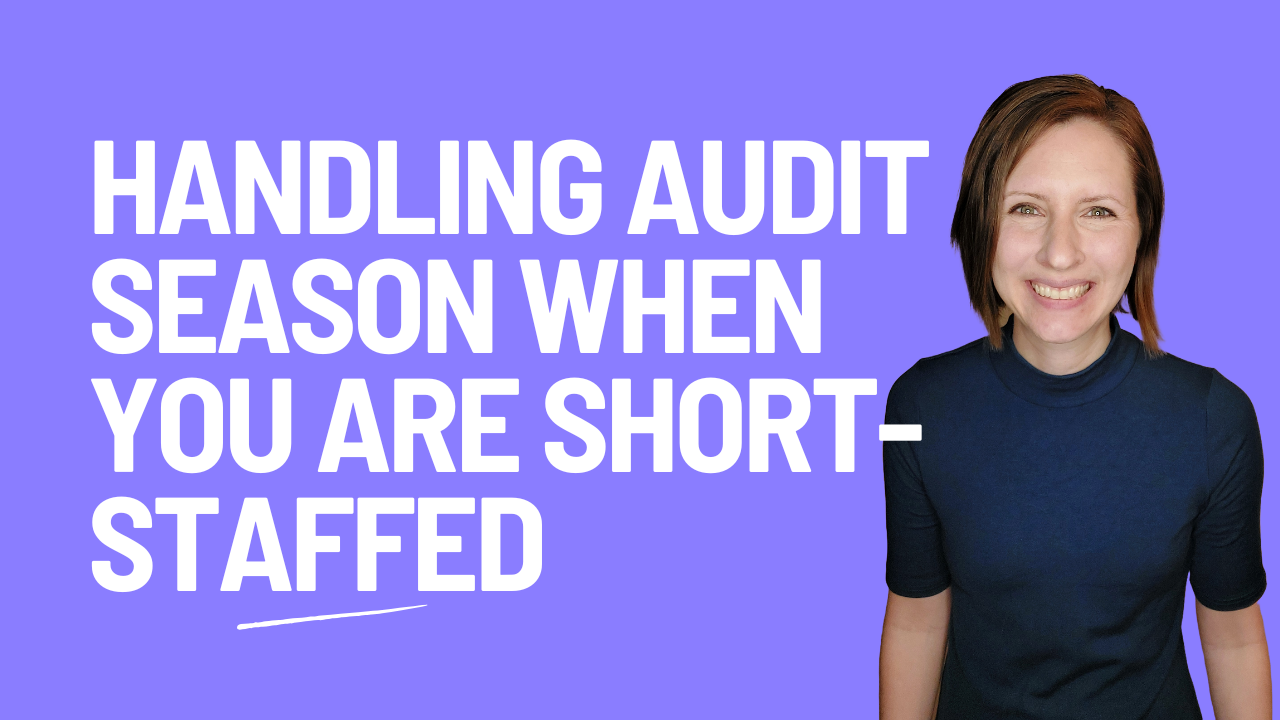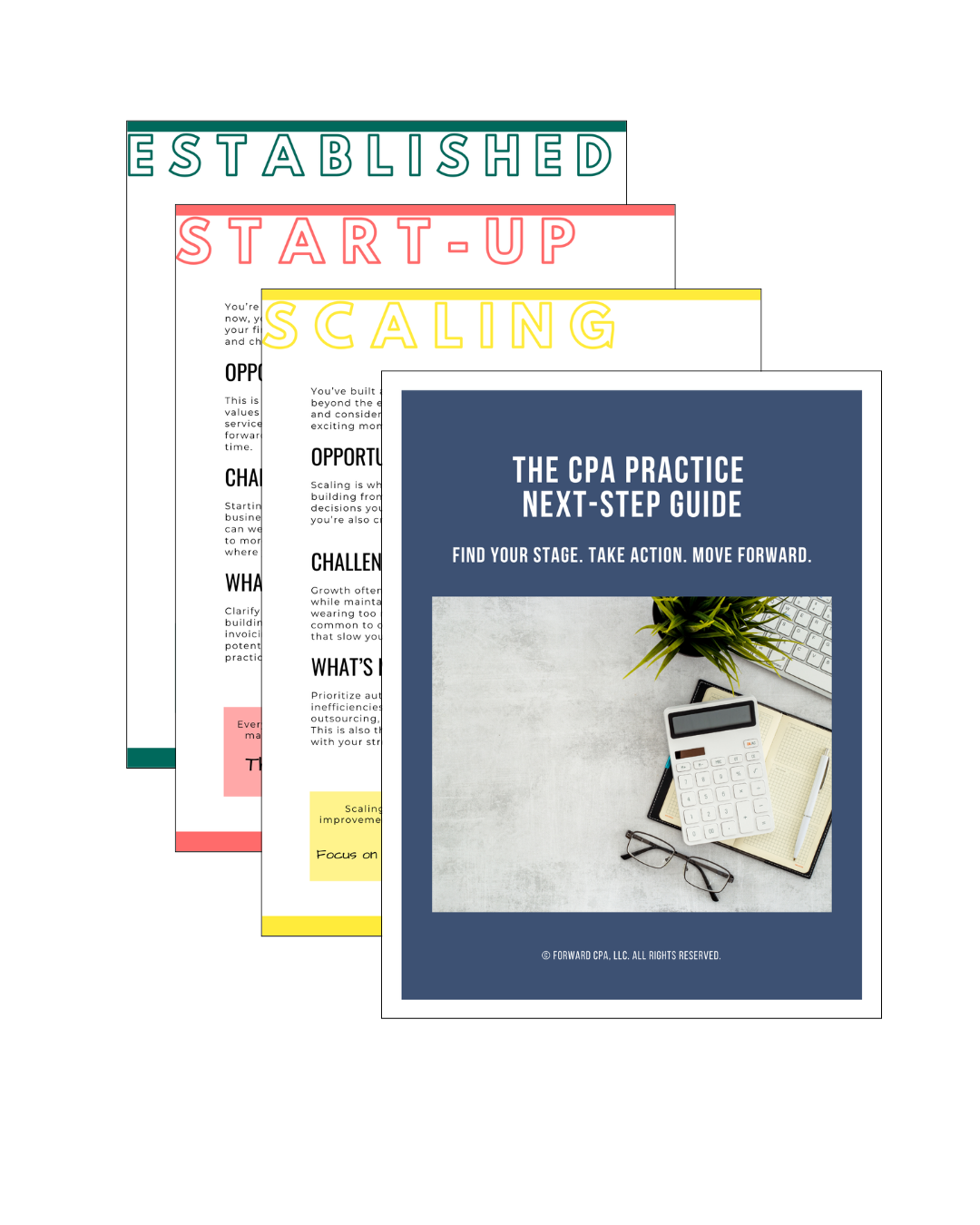How Standardizing Your Workpapers Can Save Hours (and Headaches)
May 24, 2025
If you audit school districts, municipalities, or other government entities, you already know: no two engagements are exactly the same. But that doesn’t mean your workpapers should be recreated from scratch every time.
In fact, one of the easiest ways to save time, reduce review issues, and onboard staff faster is to standardize your audit workpapers.
It doesn’t sound glamorous—but it’s one of the most impactful things you can do to streamline your engagements and reduce the mental overhead of audit season.
Here’s why it matters—and how to get started.
The Real Problem with Inconsistent Workpapers
When every staff member formats things differently, uses different tabs, or organizes their folders their own way, it creates friction at every stage:
-
Reviewers spend more time decoding than reviewing
-
File names vary year to year, making it hard to reuse work
-
Tie-outs and documentation are harder to trace
-
Training new hires becomes a 1:1 process instead of repeatable onboarding
Even worse? By the time you realize it’s become a problem, you’re already buried in deadlines.
Standardization doesn’t mean one-size-fits-all. It means creating repeatable structure—so your team doesn’t waste energy on formatting, file names, or finding last year’s schedule.
5 Benefits of Standardizing Your Workpapers
1. Faster Prep and Review
When workpapers follow the same structure, reviewers immediately know:
-
Where to find the tie-outs
-
How calculations are supported
-
Where documentation lives
No more digging through hidden tabs or triple-checking references.
2. Easier Training for Staff
New hires don’t need to guess what a completed workpaper looks like. They can follow a template with clear expectations and consistent formatting.
It also reduces your team’s reliance on “that one person who knows how we do it.”
3. Quicker Roll-Forward from Prior Years
Standardized workpapers make it easy to carry forward last year’s schedules, notes, and supporting documentation—without reformatting everything.
This is especially helpful for recurring clients like school districts with similar year-over-year activity.
4. Fewer Errors and Omissions
With consistent tie-outs, referencing, and file names, it’s easier to spot when something is missing—or wrong.
You don’t just reduce time—you improve audit quality.
5. Stronger Peer Review Readiness
Standardized files show your audit documentation is clear, complete, and consistent—exactly what peer reviewers want to see.
You won’t need to scramble to prove your procedures are supported.
Where to Start Standardizing
You don't need to overhaul everything at once. Focus on your most common and time-consuming areas first:
Suggested Starting Points:
- Cash and Bank Reconciliations
- Payroll Testing
- Capital Asset Roll-Forwards
- Federal Program Workpapers
- Note Disclosure Tables
For each area, create a template with instructions, tie-out formatting, and referencing built in. Use consistent column headers, fonts, and file naming conventions.
Create a Workpaper Library Your Team Can Use
The goal is to create a library of standardized templates that can be used, updated, and improved across all your audits.
Include:
-
A starter file for each major audit section
-
Instructions for how to complete and reference the workpaper
-
Version control and change log (optional but helpful)
-
Sample completed versions for training purposes
Store your library in a shared folder and review it annually to reflect best practices or standard updates.
Invest a Little Now, Save a Lot Later
If your team is spending hours formatting schedules, fixing tie-outs, or answering the same questions every audit season, it’s time to stop the cycle.
Standardizing your workpapers doesn’t just make your files look better—it frees up time, reduces rework, and helps your team do better work, faster.
Start with one section this week. Build one template. Commit to using it across your next three engagements.
And watch how much easier audit season becomes.
Your Next Step Forward
Join the newsletter designed to help CPAs take the next best step in building a practice they love, with practical insights, game-changing tools, and quick wins in every email.
We hate SPAM. We will never sell your information, for any reason.




